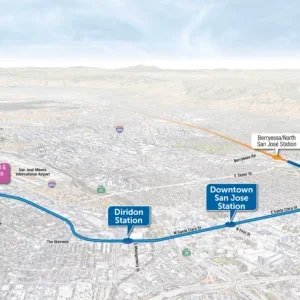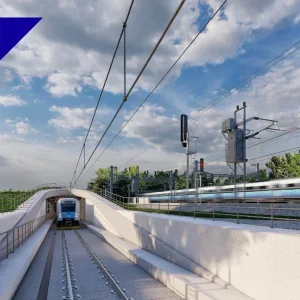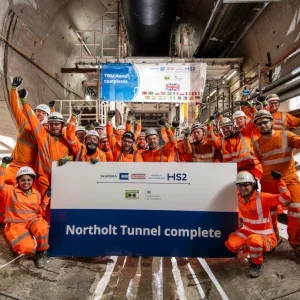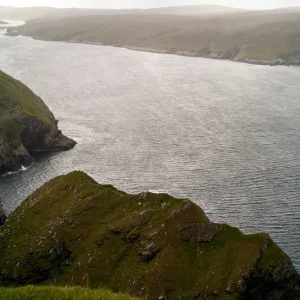The BBT is a new rail under-construction beneath the Brenner Pass on the Italian and Austrian border. It is being built through the Alps and connects Verona, Italy to Munich, Germany via Innsbruck, Austria. The main tunnel between Fortezza and Innsbruck will be 55km, making it the third longest rail tunnel in the world, while there will be a total of 230km of tunnels throughout the entire project.

Due to the varying geological conditions the BBT is being excavated with a mixture of drill and blast techniques and tunnel boring machines. Roughly 50% is being built by blasting and 50% by TBM.
One of the European Union’s priority projects is the Trans-European Transport Networks (TEN-T), which aim to promote the large-scale expansion of European infrastructure.
The BBT, which is being delivered jointly by Austria and Italy, is considered a showcase project of the TEN-T and will become part of the Scandinavian-Mediterranean corridor.
The BBT is meant primarily for freight transport, allowing a modal shift of traffic from road to rail. Passenger trains can also travel through the tunnel. Thanks to the virtually horizontal tunnel train traffic will no longer have to contend with the steep up- and downhill slopes on the Brenner railway line that by now is over 150 years old.
BBT SE recently participated in a tender for European co-financing and upon evaluation was awarded the €700M.
Total EU funding for the Brenner Base Tunnel has now reached €2.3bn (£1.97bn). This accounts for approximately half of the cost of the main tunnel.
The remaining costs are being shared between Italy and Australia.
About 2,000 workers are employed on the Brenner Base Tunnel in Austria and Italy combined. By the time the tunnel fully opens in 2032, some staff and operatives will have been employed on it for most or all of their working lives.







